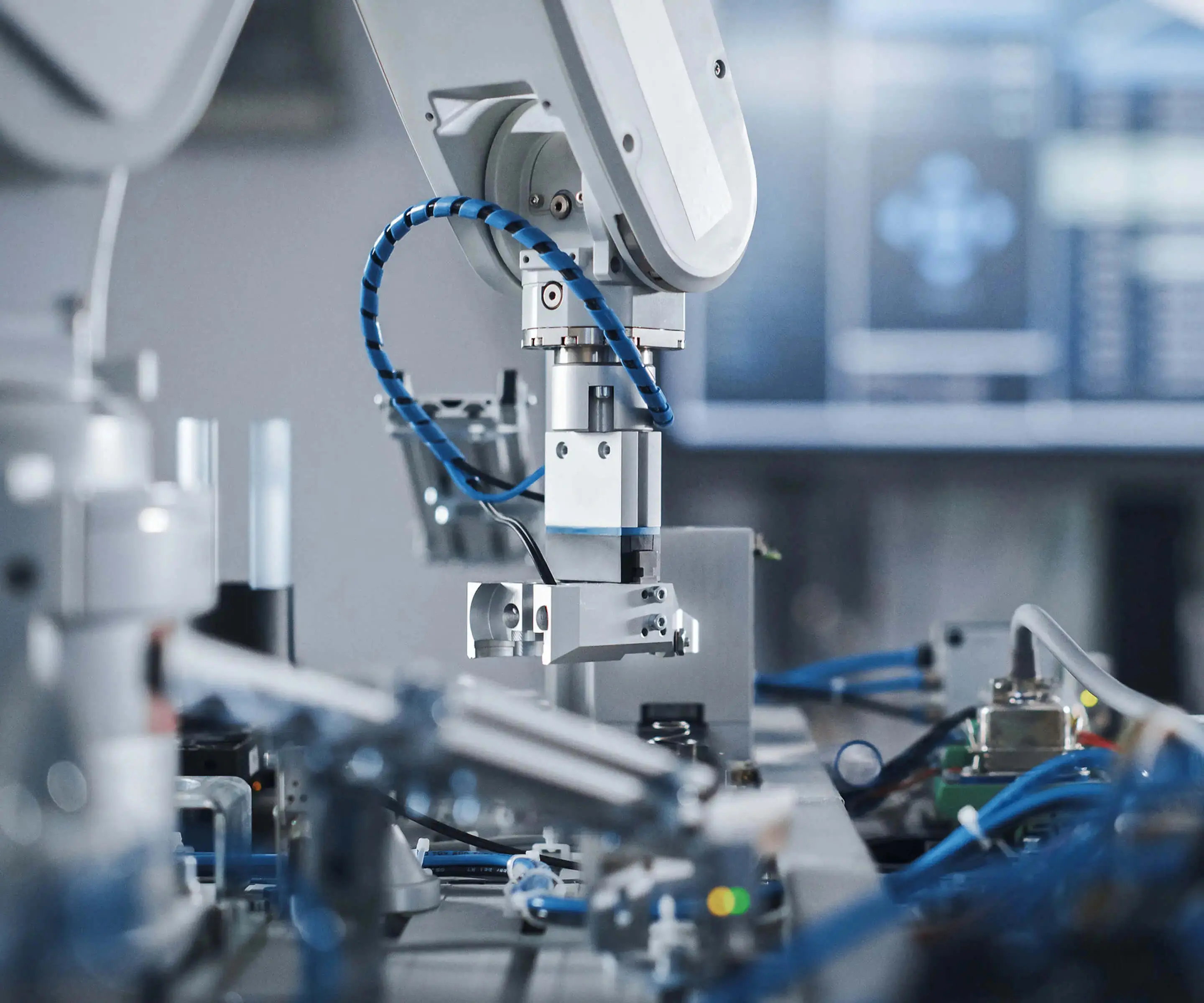Ever thought about turning your Raspberry Pi into a mighty motor controller? Imagine sitting in front of your setup, waving your hand, and bam—your servo motor responds like it’s got a mind of its own. That's the magic of controlling a servo motor with a Raspberry Pi. It’s surprisingly straightforward once you get the hang of it, and the possibilities are endless—robot arm projects, camera pans, automated models, you name it.

Let’s break down how this works without drowning in tech jargon. The Raspberry Pi, running pretty much anything from Python to C++, can send out signals through its GPIO pins. Think of these pins as little digital messengers that can send signals to control a servo motor. The ambitious part is understanding Pulse Width Modulation—or PWM for short—which is just a fancy term for adjusting the speed and position of the servo.
Here's the typical scenario: you connect the servo’s power and ground wires directly to the Pi’s power source (preferably a dedicated one to avoid overloading), and then connect the control wire to a GPIO pin set up for PWM. Once the hardware’s in place, it’s about telling the Pi how far and how fast to move that servo. You send a specific pulse, which indicates a position—say, 0 degrees, 90 degrees, or even a full 180.
People often wonder—will it work with a standard servo? The answer is pretty much yes, as long as the voltage and current specifications match. But be careful—your Pi’s power pins aren’t designed to supply large currents. It’s a good idea to power the servo separately, perhaps with a small battery pack, to keep everything running smoothly.
When you dive into coding, it’s kinda fun—just a handful of lines in Python. You tell the servo to move to certain positions, a sequence of angles, or even make it dance to music. The key is understanding the timing of the PWM signal—roughly 20 milliseconds per cycle is standard, but your servo’s datasheet will tell you the precise pulse widths for minimum and maximum positions.
And here’s a little secret—once you’ve got the base code set up, it’s a breeze to tweak the angles or add sensors for feedback. Want your servo to follow a moving object? It’s all about reading sensor data, processing the input, and adjusting the PWM signal accordingly. Suddenly, it feels like creating a mini orchestra of movements controlled by code. That’s the thrill.
Is it suitable for quick prototyping or a full robotics project? Totally. The hardware is affordable, and the software setup is well-documented. If you’re eager to see your ideas come to life, this combo of Raspberry Pi and servo motors is tricky to beat. Plus, with endless online tutorials and a tight-knit hobbyist community, you’re never alone in troubleshooting or finding cool new ways to push your project further.
Want a good starting point? Pick a servo, a Raspberry Pi, and some jumper wires. Write a simple script to swing the servo from 0 to 180 degrees, and watch your creation turn to life. From there, layers of complexity build naturally, whether it’s adding sensors, integrating cameras, or controlling multiple servos simultaneously.
In the end, controlling a servo with a Raspberry Pi isn’t just about wiring and code. It’s about turning imagination into real, tangible movement. It’s a small step that opens up a window to what you can create—robots, art installations, automated gadgets. Projects that you see in your mind but are now within reach. And isn’t that what technology should be about? Turning dreams into hands-on reality.
Established in 2005, Kpower has been dedicated to a professional compact motion unit manufacturer, headquartered in Dongguan, Guangdong Province, China. Leveraging innovations in modular drive technology, Kpower integrates high-performance motors, precision reducers, and multi-protocol control systems to provide efficient and customized smart drive system solutions. Kpower has delivered professional drive system solutions to over 500 enterprise clients globally with products covering various fields such as Smart Home Systems, Automatic Electronics, Robotics, Precision Agriculture, Drones, and Industrial Automation.




































